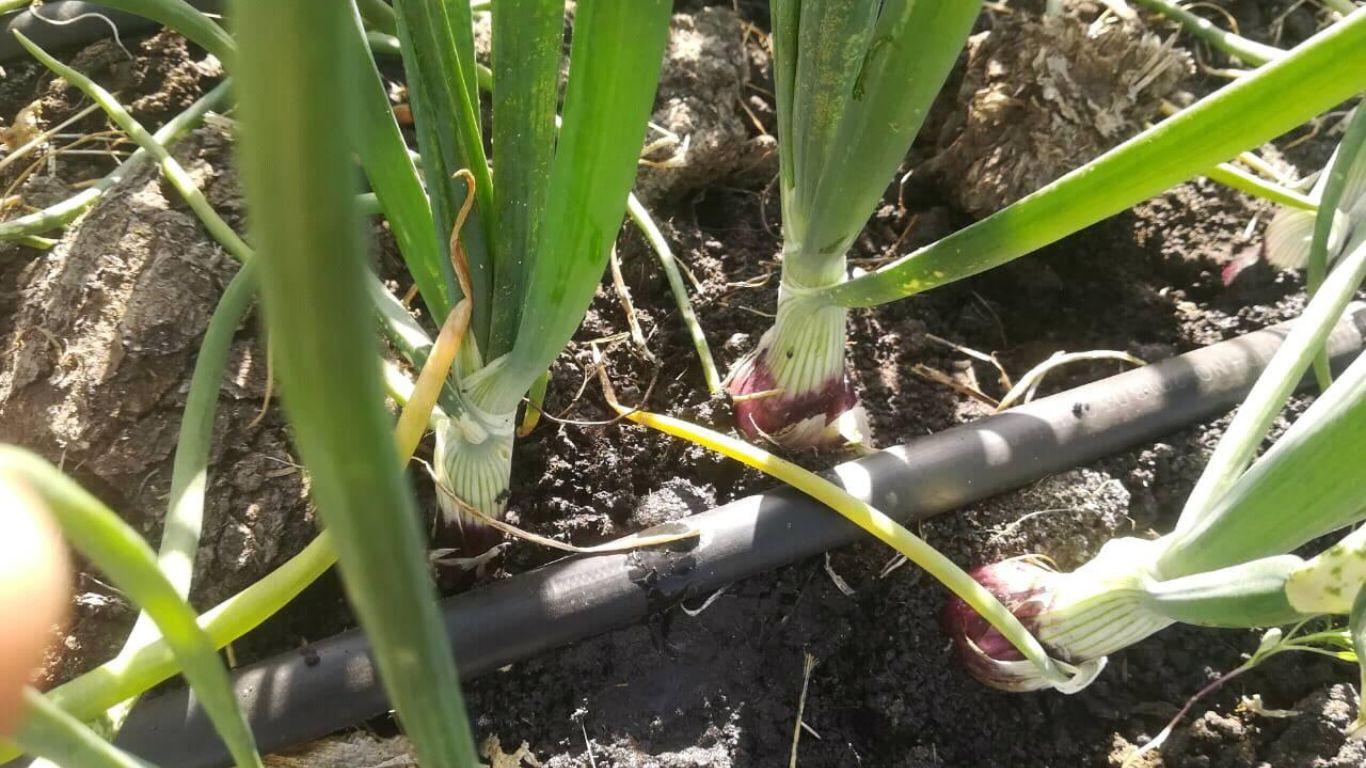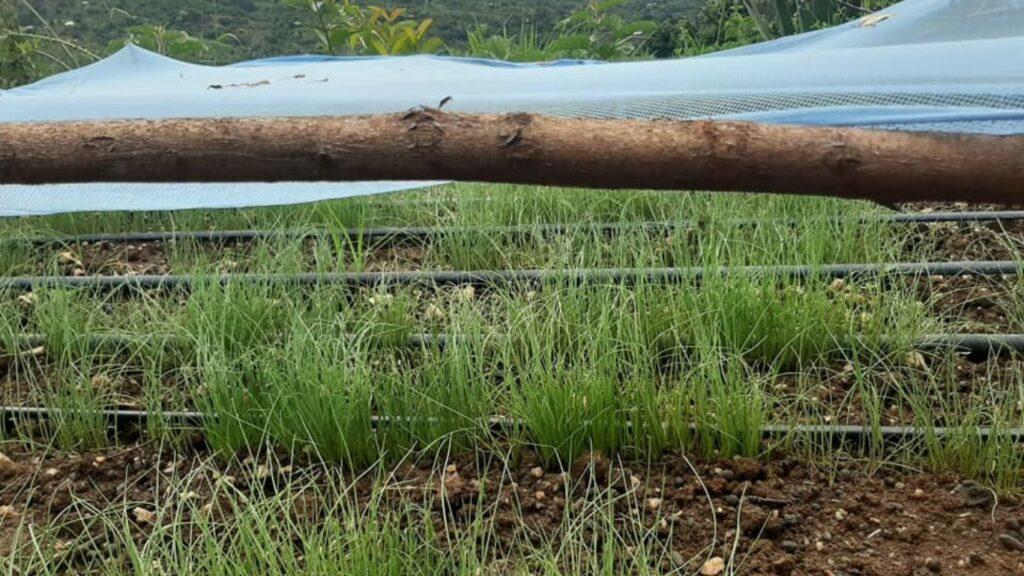Increase Onion Yields-Drip Irrigation

Are you looking to Increase Onion Yields-Drip Irrigation?
Drip Irrigation is an efficient and effective method for watering onions and many outfield or greenhouse crops. Onions require consistent and precise irrigation to ensure optimal growth and yields.
Aqua Hub Kenya helps you to Increase Onion Yields-Drip Irrigation
Aqua Hub is among the best drip kit suppliers in Kenya. We have pipes and kits of different sizes including 16 mm, 32 mm, 40 mm, 50 mm and 60 mm. Our drip emitters are available in diameter size of 16 mm and 1000 m long roll.
Onion Drip Kit Prices in Kenya
| Size/ Line per bed | 1 Line | 2 lines | 3 Lines |
| 1 acre | 75000 | 130000 | 160000 |
| 1/2 acre | 40000 | 61000 | 71000 |
| 1/4 acre | 28000 | 40000 | 50000 |
| 1/8 acre | 13000 | 23000 | 26000 |
Onion Drip Kit Requirements
Drip Lines or Drip Tape
Use drip tapes, which are designed specifically for drip irrigation. Drip tape is a thin-walled tubing with emitter holes spaced at regular intervals, while drip hose has emitters built into the pipe itself.
Mainline Supply pipes
Either HDPE or PVC pipes for mainline and sub mainline connections.
Water tanks
Water source in this case. Could be a raised plastic tank or concrete tank.
Water Source
The source of water for irrigating your onions. Dams, wells, or rainwater. Ensure the water is clean and free of particles that can block the drip lines.
Fittings
Connectors and other fittings such as ball corks, valves, couplings, and adapters for making drip connections.
Filtration Systems
Filters to trap dust and debris that normally clogs drip lines.
Fertigation Kit
Fertilizer application equipment. Connecting it to the drip lines makes it easier for applying fertilizer to onion plants.
How to Increase Onion Yields-Drip Irrigation

- Proper Spacing – Ensure that drip lines have appropriate spacing on the entire onion bed. Always maintain a spacing 30 cm apart. Beds should be spaced approximately 1 meter apart.
- Regular Maintenance – Regular checks on the drip system for pipe clogs, leakages or damage in drip lines. Clean filters and replace damaged drip lines to maintain efficient drip irrigation.
- Watering Schedule – Onions require consistent moisture during their growth stages. Establish a watering schedule depending on the species of the onion, climate and soil retention capacity.
- Adjusting Irrigation – Adopt an irrigation schedule as the onions progress through different growth stages considering changing water requirements.
Advantages of Drip Irrigation for Onions
Drip irrigation has many advantages for onion propagation. They include:
Water Efficiency
Drip irrigation delivers water directly to the root zones of onions, minimizing water wastage occurring due to evaporation or surface run-off. This approach helps conserve water resources, thus an environment friendly option.
Uniform Water Distribution
Drip systems provide a consistent and uniform supply of water to each onion plant, ensuring that all plants receive the required amount of water. This allows even growth and prevents the risks of overwatering or under watering.
Reduced Weed Growth
Drip Irrigation only allows water to fall on the plants’ roots thus avoiding wetting the soil spaces in between the plant rows. This can help to reduce weed growth because they cannot grow on dry soil.
Disease Prevention
Overhead watering can lead to spread of fungal diseases such as Downy mildew or Peronospora
on onion foliage. Drip irrigation minimizes contact of water with leaves reducing diseases.
Nutrient management
Drip systems can be connected to fertilizer kits to allow for precise supply of nutrients to plants. The required rate of fertilizers can reach all onion plants on irrigation.
Call us: 0790719020
